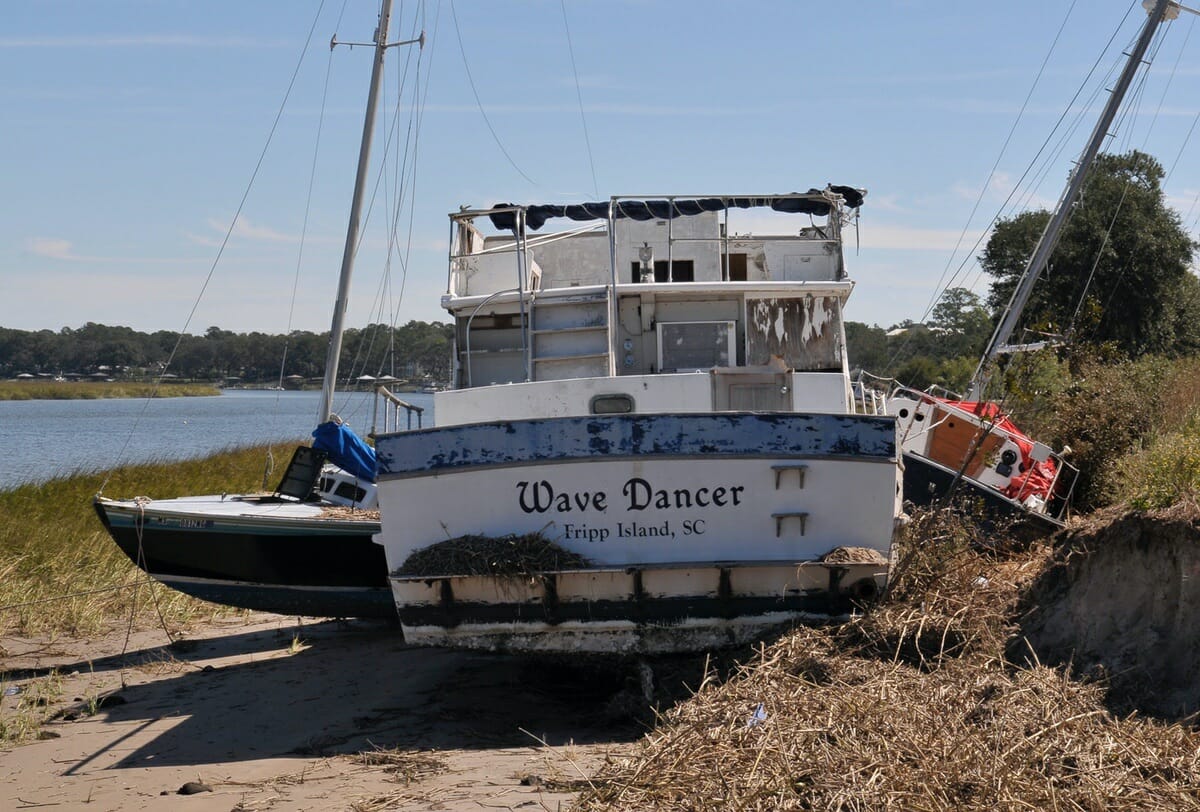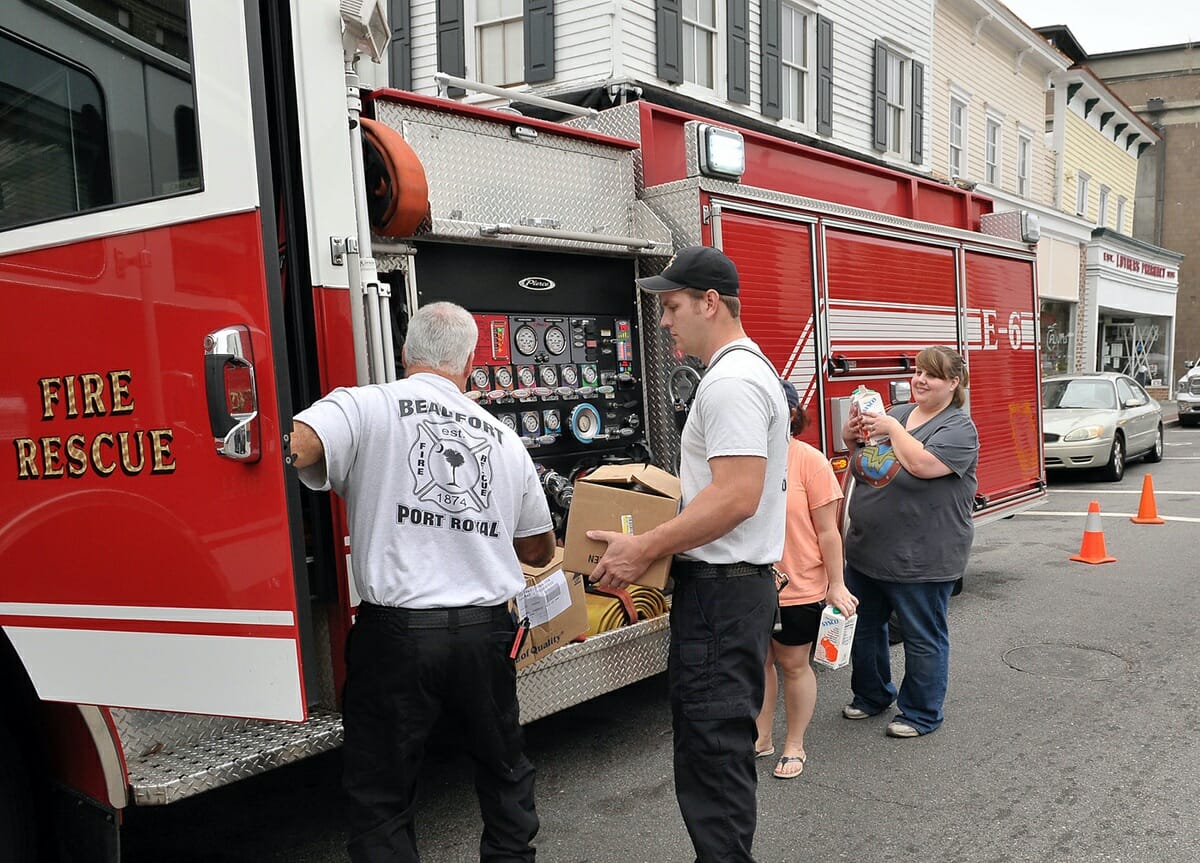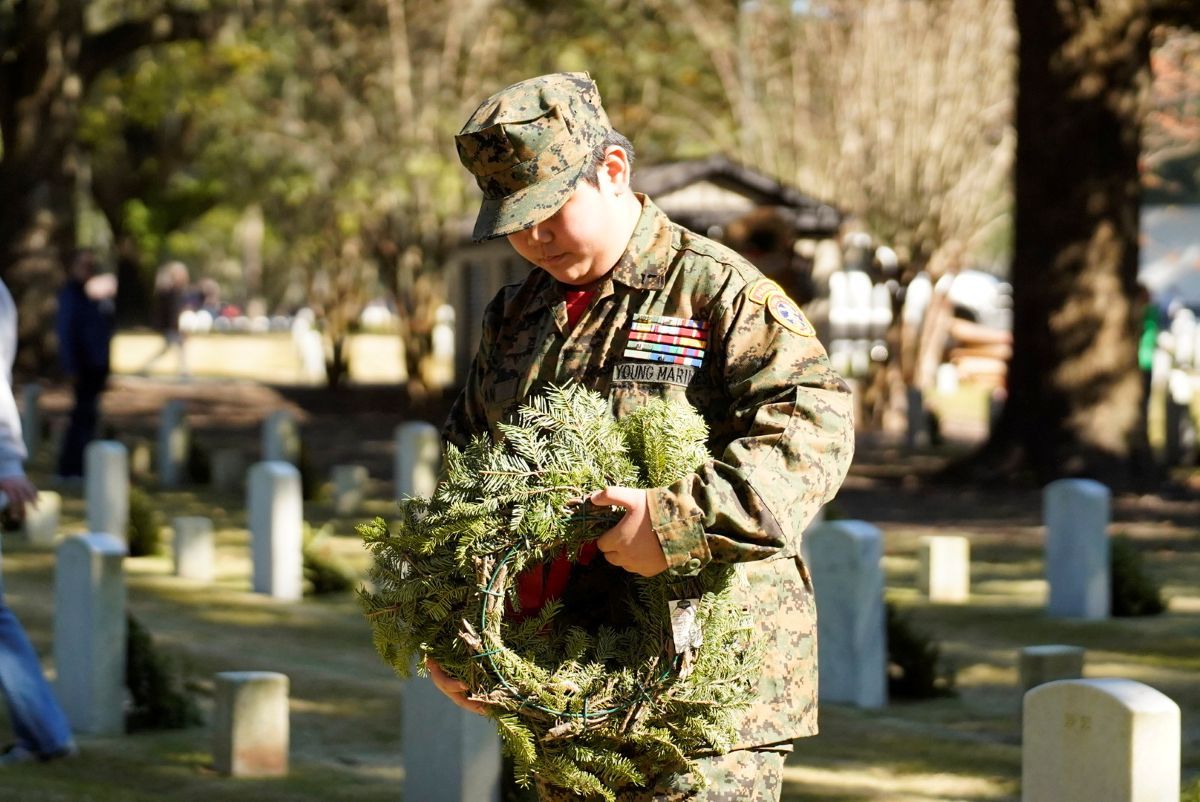Photo above: The cabin cruiser Wave Dancer seems to have danced its way onto a pair of smaller sailboats along the bank of Factory Creek on Lady’s Island. Photo by Bob Sofaly.
Staff report
Last week at this time, we were waiting on a storm way down in the Caribbean. Would it stay a major hurricane? Would it hit Beaufort County?
Then it barreled up the East Coast, with its eye on us.
And it didn’t just hit Beaufort County. It slammed into us, leaving the Sea Islands and Hilton Head Island particularly devastated.
This deceptive storm ultimately claimed 34 lives in Florida, Georgia and the Carolinas and more than 1,000 lives in Haiti.
North Carolina is still fighting the effects of Matthew with deadly flooding in several parts of the state.
Hurricane Matthew also left millions of people without power – 98,000 in Beaufort County, now down to less than 20,000 – and left many communities without drinking water. In fact, Hilton Head Island was still without safe water as of Oct. 12.
However, one bright spot is that President Obama has declared that federal disaster assistance be made available to the state of South Carolina to supplement state and local recovery efforts in the areas affected by Hurricane Matthew.
The president’s action makes federal funding available to state and eligible tribal and local governments and certain private nonprofit organizations on a cost-sharing basis for emergency work in Beaufort, Berkeley, Charleston, Colleton, Darlington, Dillon, Dorchester, Florence, Georgetown, Horry, Jasper, Marion, and Williamsburg counties.
Beaufort County has started an inspection and damage assessment of conditions stemming from Hurricane Matthew, with teams working countywide.
Led by the county’s offices of the Assessor and Building Codes, the county is working in conjunction with the city of Beaufort, and the towns of Bluffton, Hilton Head Island and Port Royal.
County employees will be performing a quick assessment and inventory of damage to all structures and improvements for FEMA declaration and overall damage assessments.
These teams will be traveling in Beaufort County vehicles (marked with the county logo), in teams of two.
They will be wearing reflective vests, making preliminary exterior inspections of any damaged structures and general percentages of loss.
The county anticipates that this initial process will be completed by the Oct. 15.
Hurricane Matthew has the potential to be the most costly hurricane in U.S. history, causing as much as $269 billion in damage just in Florida, according to a report from Ball State University.
Property damage to the coast of Florida could exceed that of Hurricane Katrina, estimated in 2005 to be roughly $156 billion, which is roughly $190 billion in 2016 dollars, said Michael Hicks, director of Ball State’s Center for Business and Economic Research. He conducted the study with Mark Burton, at economics professor and director of the Center for Transportation Research at the University of Tennessee.
Hicks said the numbers will jump when Georgia, South Carolina and North Carolina are taken into account.
To estimate the potential economic consequences associated with Hurricane Matthew, Hicks and Burton used their analysis of Hurricane Katrina that struck the U.S. in 2005. This analysis employed a flood damage assessment model to estimate the storm surge damage in the wake of Hurricane Katrina
Later analysis concluded these estimates were very close to the final cost of the Hurricane, Hicks noted.








